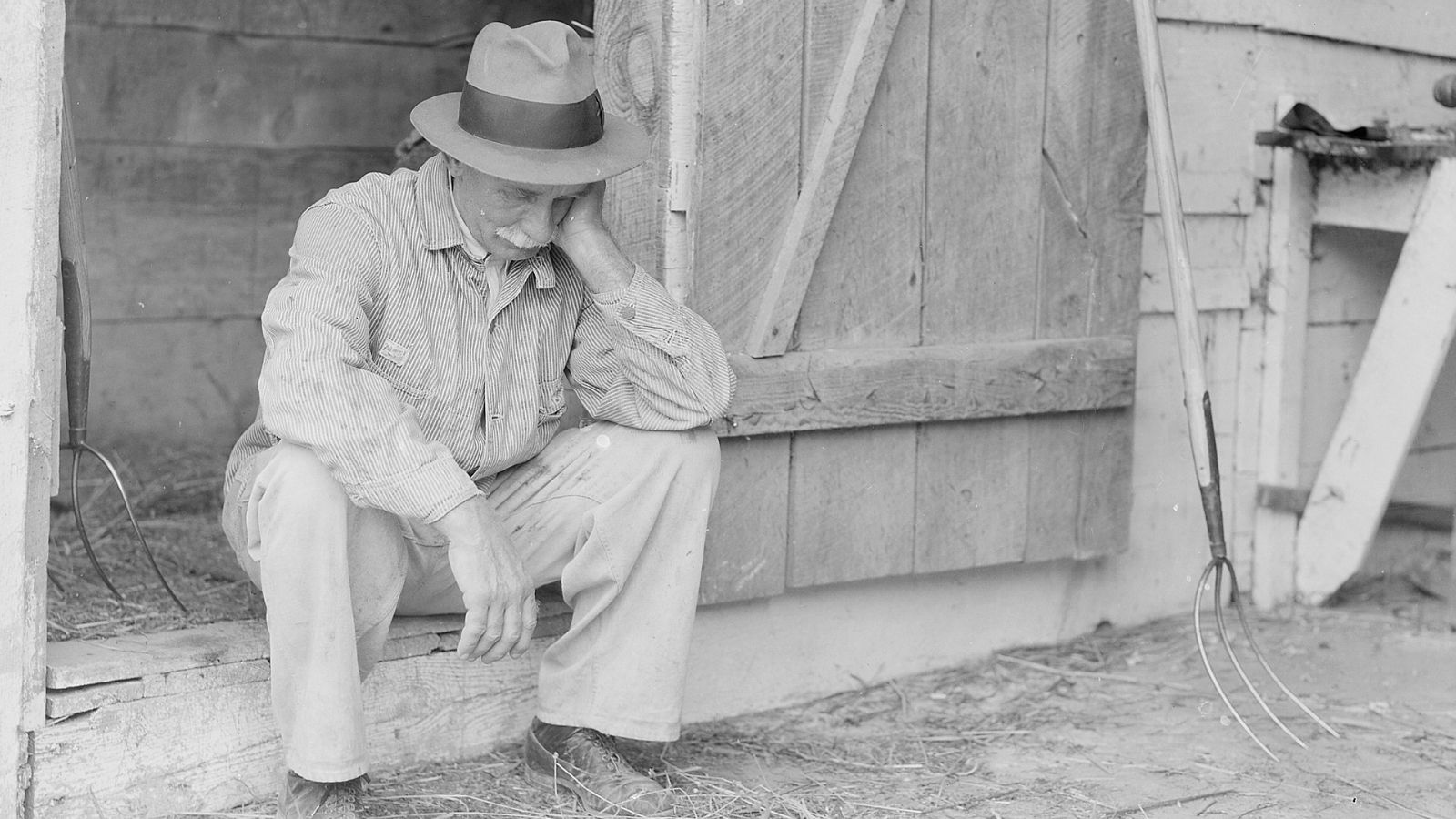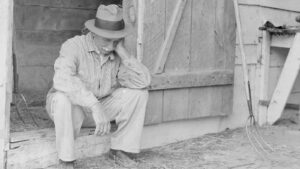What Secrets Did Survivors of the Great Depression Know That We’ve All Forgotten?
When was the last time you tried paying for groceries with a handshake and a loaf of bread? (No, your local cashier won’t accept it—believe me, I’ve asked, with mixed results and a stern warning.) Today, “sharing is caring” just means forwarding memes, but back during the Great Depression, it was a literal survival strategy. We’ve all seen those black-and-white faces in history books—grim, lined, holding apples like they’re bars of gold—but did anyone tell you about chain letters that promised the world and delivered squat, or Hollywood thriving while everyone else pinched pennies like it was an Olympic sport?
I can’t help but marvel at how humans get a little creative (read: a smidge desperate) when the chips are down. Most of us picture the Great Depression as one never-ending breadline, but behind every “keep calm and carry on” were neighbors bartering homegrown carrots for shoe repairs, or kids swapping school for jobs to keep the lights on . Sure, there were government bailouts and New Deal headlines, but the true stories are those everyday acts—kindness, hustle, rebellion—ducked in between the data points.
If you’re curious about how people really navigated years that made 2023 look like a spa weekend, buckle up . These 15 odd, overlooked facts are about to drop your jaw—and might just make you share your next apple, just in case . LEARN MORE
When most people think of the Great Depression, they picture the usual snapshots: the Wall Street crash, long breadlines, and photos of Dust Bowl farmers struggling to survive. But the truth is, the Great Depression was much more than a financial catastrophe; it changed the way people lived, thought, and worked in ways that are still felt today. There are so many layers, stories of resilience, creativity, and unexpected consequences that don’t often make it into the history books.
If you’ve ever imagined how people managed during those bleak years, you’d be surprised by some of the creative solutions they came up with to survive. There’s the well-known narrative of New Deal policies and government assistance, but there were also the ordinary folks with their small, personal battles and victories that shaped much of the era’s lasting legacy.
Here are 15 lesser-known, fascinating facts about the Great Depression. Get ready to see this iconic era in a new light, far beyond the stock market charts and economic downturns.
1. Bartering Became an Essential Survival Tool

Photo Credit: Franklin D. Roosevelt Presidential Library and Museum – Public Domain/Wiki Commons.
With cash running low and unemployment soaring, many families turned back to the age-old practice of bartering. Instead of buying goods with money they didn’t have, people traded services and items. For instance, you could fix a neighbor’s roof in exchange for a few fresh eggs or a pair of shoes.
This return to bartering wasn’t just a sign of desperation; it was a testament to the resilience of communities. People found ways to make the most out of what little they had, and in the process, a sense of mutual dependence and trust emerged between neighbors.
2. “Penny Auctions” Saved Farms from Bank Foreclosures

Photo Credit: Unknown author – Public Domain/Wiki Commons.
When farms were foreclosed due to unpaid debts, neighbors banded together to stage “penny auctions.” These weren’t your typical auctions where items were sold to the highest bidder. Instead, community members would bid absurdly low amounts, sometimes as little as a penny, and refuse to go any higher. The result? The farm or property would be “sold” for pennies and given back to the original owner.
This was a clever act of rebellion against the banks and a form of quiet solidarity among rural communities. It was an unspoken agreement: “We may be broke, but we won’t let the banks take everything”.
3. Apples Became a Symbol of Survival

Photo Credit: Depositphotos.com.
In cities, the sight of men selling apples on street corners became a common scene. These vendors weren’t trying to make a fortune. Many had lost their jobs and needed any way to bring in a bit of cash to feed their families. Apples, sold for five cents each, became the go-to product for struggling workers trying to make ends meet.
Selling apples didn’t make anyone rich, but it was a dignified way to get by when formal employment dried up. The humble apple turned into a symbol of endurance during the hard times.
4. Children Entered the Workforce in Record Numbers

Photo Credit: Depositphotos.com.
With adult unemployment so high, children were often sent to work to help support their families. Many dropped out of school and took on whatever jobs they could find, like selling newspapers, working in factories, or doing odd jobs around the neighborhood.
Child labor was already common before the Depression, but the financial strain of the era pushed even more kids into the workforce. This generation of children bore the burden of the economic crisis in ways we often overlook.
5. Hollywood Thrived as People Sought Escapism

Photo Credit: Depositphotos.com.
While almost every industry suffered during the Depression, Hollywood saw the opposite. Movie theaters provided a cheap escape from the harsh realities of life, and people flocked to them. For just a nickel, you could forget your troubles and get lost in glamorous tales of romance, adventure, and comedy.
Auto Amazon Links: No products found.















Post Comment